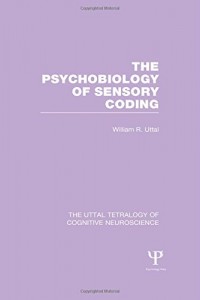-60%
Unveiling the Educational Landscape: Exploring Chapter Elements
Pedagogy and Learning Objectives:
Pedagogy refers to the fundamental principles and methods used in teaching and learning. It encompasses the systematic approach, methodologies, and techniques adopted by educators to facilitate knowledge acquisition and cognitive development. Learning objectives, on the other hand, outline the specific knowledge, skills, and abilities that students are expected to attain by the end of a learning experience. These objectives serve as compass points, guiding the instructional design and assessment strategies employed throughout the chapter.
Chapter Outline:
The chapter outline provides a roadmap for the chapter, outlining the sequence and organization of topics. It offers a bird’s-eye view of the chapter’s content structure, enabling learners to anticipate and navigate the learning material with ease. The outline acts as a skeletal framework upon which the flesh of the chapter’s concepts and discussions are built.
Boxed Features:
Boxed features are highlighted segments within the chapter that accentuate specific concepts, examples, or insights. They serve as focal points, drawing the reader’s attention to important material that deserves further emphasis. Boxed features are like beacons, illuminating the path towards deeper understanding and retention.
Tips and Tricks:
Tips and tricks are practical techniques and strategies that augment the learning process. They offer valuable shortcuts and techniques to help learners master complex concepts. These nuggets of wisdom are like secret tools, enabling students to navigate the intricacies of the subject matter with increased efficiency and effectiveness.
In the Field:
The “In the Field” feature transports learners outside the confines of the classroom, connecting them with real-world applications of the principles and theories presented in the chapter. It provides a glimpse into the practical implications and relevance of the material, bridging the gap between academic knowledge and its embodiment in professional practice.
Summary:
The summary serves as a recapitulation of the chapter’s main points, providing a concise and comprehensive overview of the concepts covered. It is like a condensed gem, capturing the essence of the chapter’s wisdom in a succinct and accessible format, facilitating effective recall and comprehension.
Review Questions:
Review questions assess learners’ understanding of the material presented in the chapter. They challenge students to reflect upon and critically engage with the concepts, reinforcing their knowledge and promoting deeper cognitive processing. Review questions are like intellectual dumbbells, strengthening the mental muscles of learners as they grapple with the complexities of the subject matter.










Reviews
Clear filtersThere are no reviews yet.